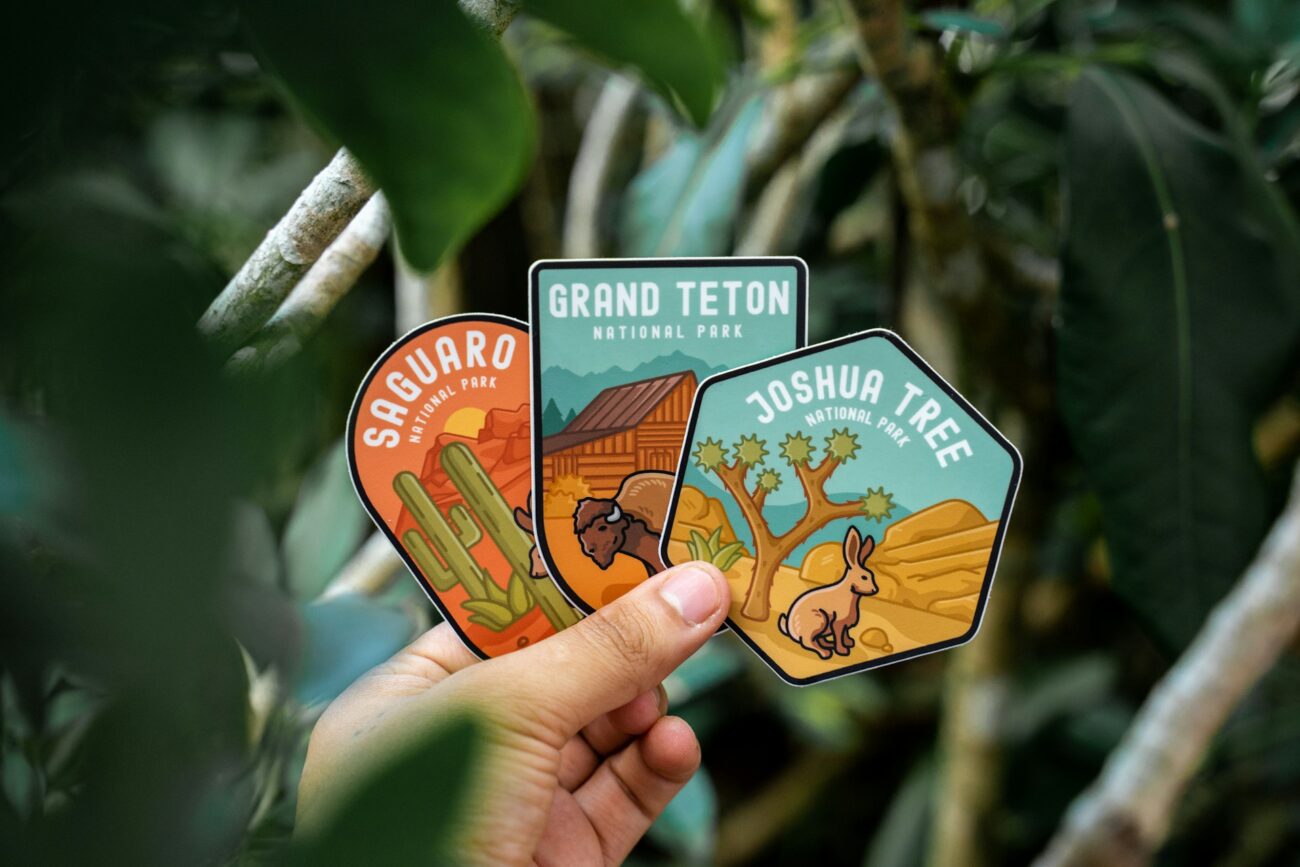America’s national parks offer some of the most breathtaking natural landscapes in the world, from the towering peaks of the Rockies to the ancient canyons of the Southwest. While experiencing these natural wonders can seem expensive at first glance, with strategic planning and insider knowledge, you can create an unforgettable national park adventure without breaking the bank.
The beauty of America’s protected lands should be accessible to everyone, regardless of budget constraints. This comprehensive guide will walk you through practical steps to plan an affordable yet memorable trip to any of the 63 national parks across the United States, allowing you to connect with nature without the financial stress.
Understanding National Park Fee Structures
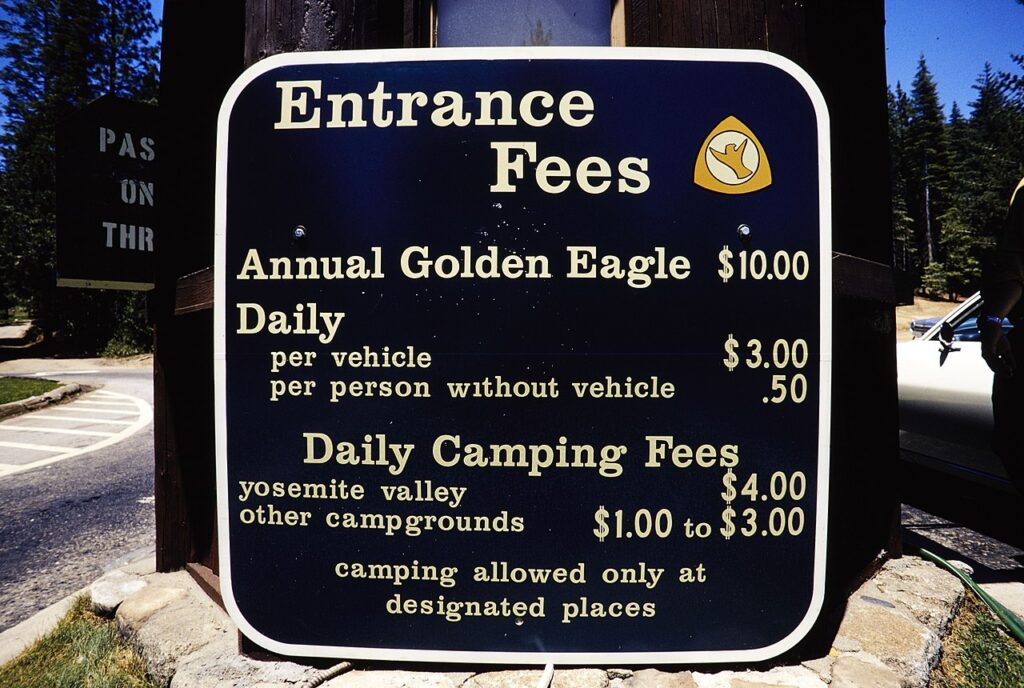
The first step in budget planning is understanding what you’ll pay to enter the parks. Most national parks charge an entrance fee ranging from $20 to $35 per vehicle, valid for 7 days. However, if you’re planning to visit multiple parks within a year, the America the Beautiful Annual Pass offers tremendous value at $80, granting access to all federal recreation sites.
Seniors (62+) qualify for lifetime passes at $80 or annual passes at $20, while U.S. military members and their dependents, as well as people with permanent disabilities, can obtain free annual passes. Additionally, fourth-grade students and their families can get free access through the “Every Kid Outdoors” program, making it an ideal time for family visits.
Timing Your Visit for Maximum Savings
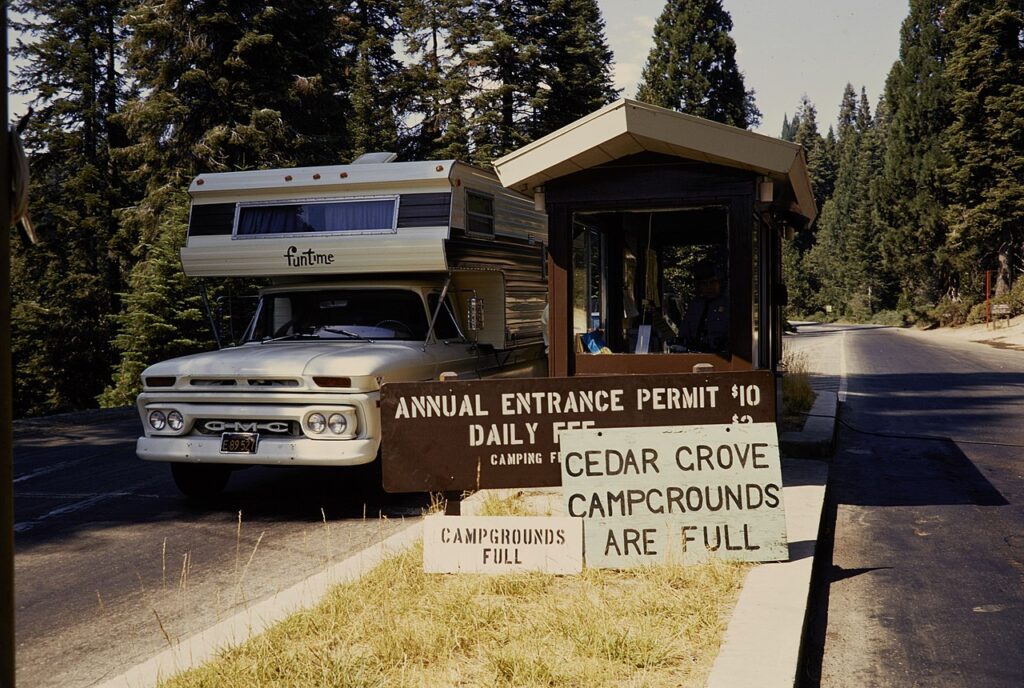
The timing of your national park visit can significantly impact both your budget and experience. Consider traveling during shoulder seasons (late spring or early fall), when you’ll encounter fewer crowds, more accommodations availability, and often lower prices. Many parks that charge entrance fees offer several “fee-free days” throughout the year, typically coinciding with holidays like Martin Luther King Jr. Day, the first day of National Park Week, and Veterans Day.
Weather conditions can vary dramatically by season, so research your specific destination to balance comfort with cost savings—for example, Death Valley is more affordable in summer but potentially dangerously hot, while Yellowstone offers winter magic at lower rates but requires special transportation and cold-weather gear.
Budget-Friendly Accommodation Options
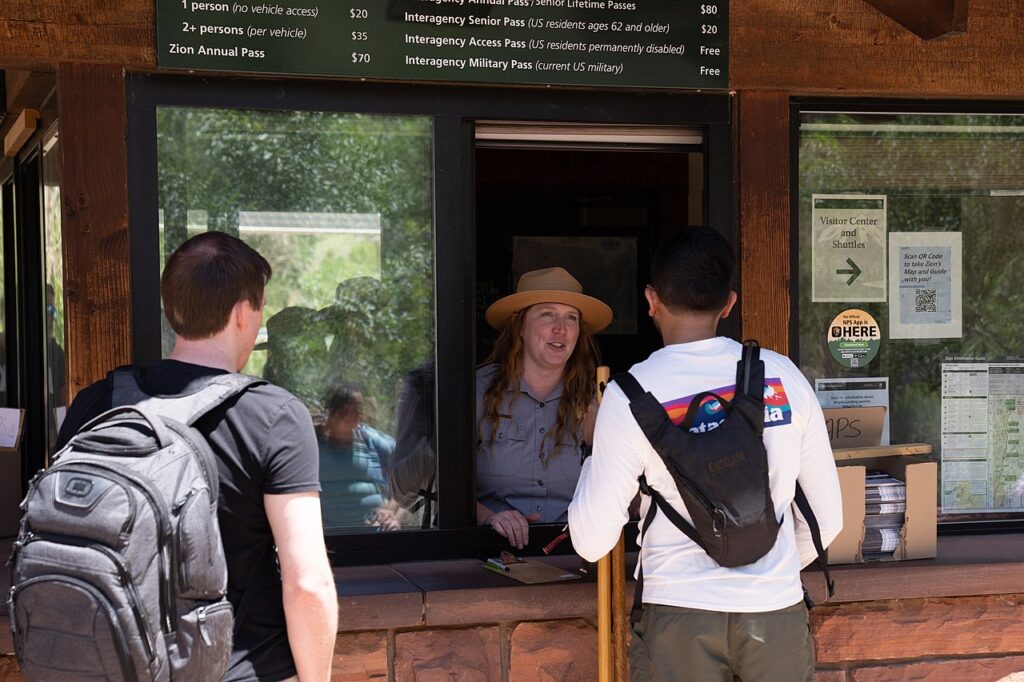
Lodging typically consumes the largest portion of a travel budget, but national parks offer various affordable alternatives to expensive hotels. Camping remains the most economical option, with most park campgrounds charging between $15-30 per night, though reservations should be made up to six months in advance for popular parks like Yosemite or Grand Canyon.
For those who prefer not to camp, consider staying in gateway communities rather than within the park itself, where competition among hotels and motels often drives prices down, especially mid-week. Vacation rentals and hostels in nearby towns can offer additional savings, particularly for families or groups who can share costs. For extended stays, look into volunteer opportunities with the National Park Service, which sometimes provide free accommodation in exchange for service.
Transportation Strategies That Save Money
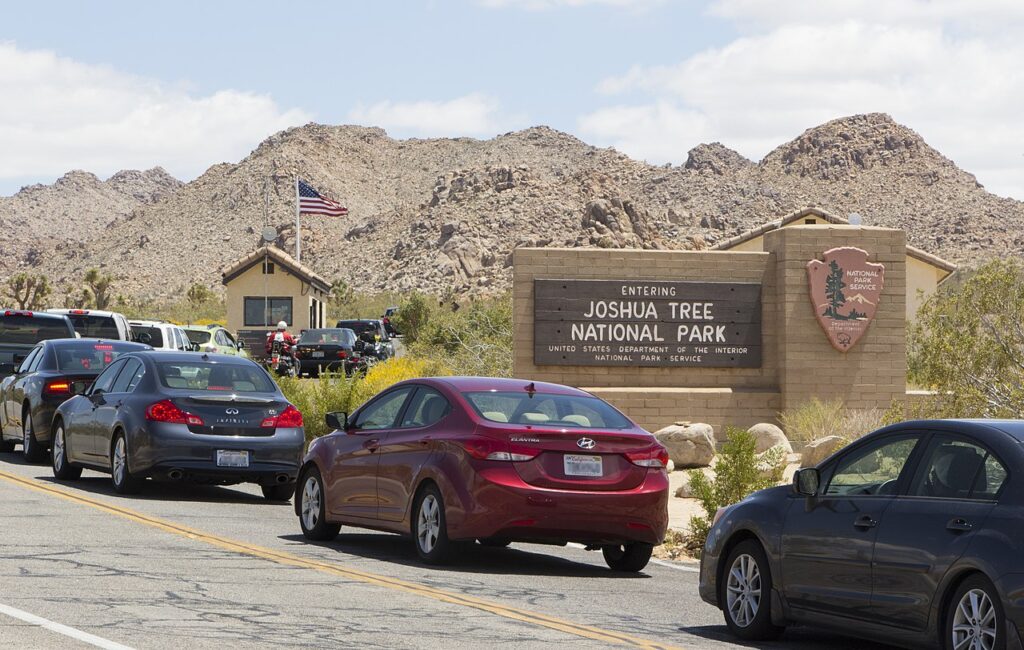
Transportation costs can add up quickly when visiting national parks, but several strategies can help minimize these expenses. If flying to your destination, book flights well in advance and consider airports that might be slightly further from the park but offer significantly cheaper fares. Once at your destination, many parks offer free shuttle services that not only save on gas but also eliminate parking hassles during peak season—Zion, Yosemite, and Grand Canyon all have excellent shuttle systems.
If renting a car is necessary, opt for fuel-efficient models and check whether your credit card offers rental insurance to avoid expensive add-ons. For multi-park road trips, plan your route efficiently to minimize backtracking and unnecessary mileage, using apps like GasBuddy to find the cheapest fuel along your route.
Packing Smart to Avoid Unnecessary Purchases
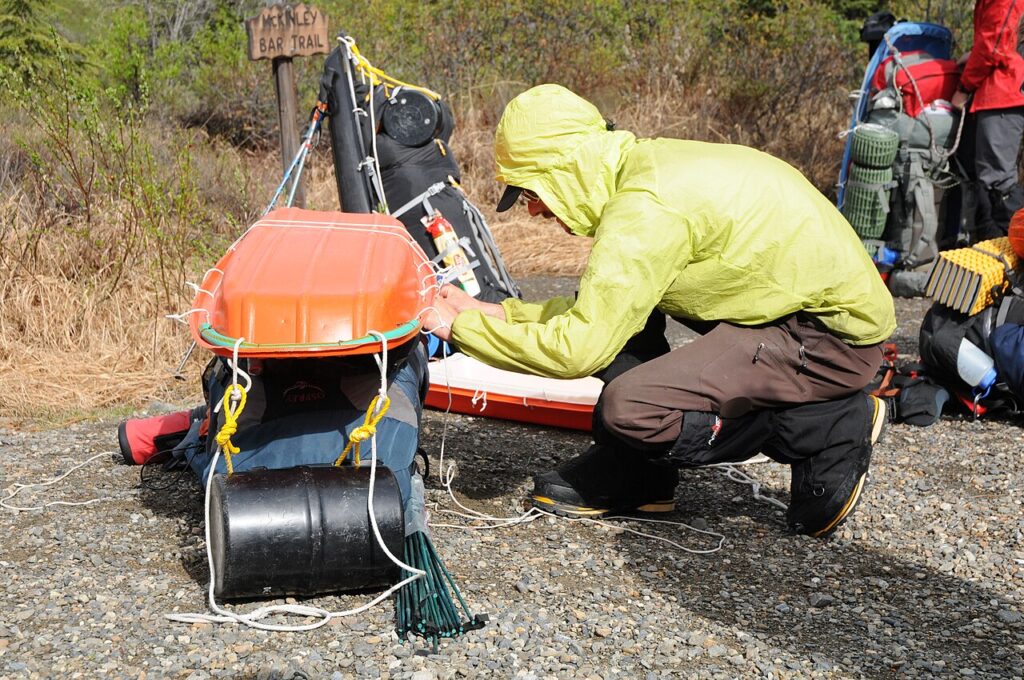
Proper packing can prevent costly last-minute purchases when you’re already at your destination. Create a comprehensive packing list based on your specific park’s climate and activities, including essentials like reusable water bottles, proper hiking shoes, and weather-appropriate clothing. Consider investing in basic gear if you plan to visit multiple parks over time—items like a good daypack, hiking poles, or binoculars will serve you well across different parks and actually save money compared to rentals.
For food, bring a cooler with easy-to-prepare meals and snacks to avoid expensive park restaurants and convenience stores. Don’t forget essential medications, sunscreen, and insect repellent, which are typically marked up significantly within park boundaries or nearby stores.
Food Planning for Park Visits
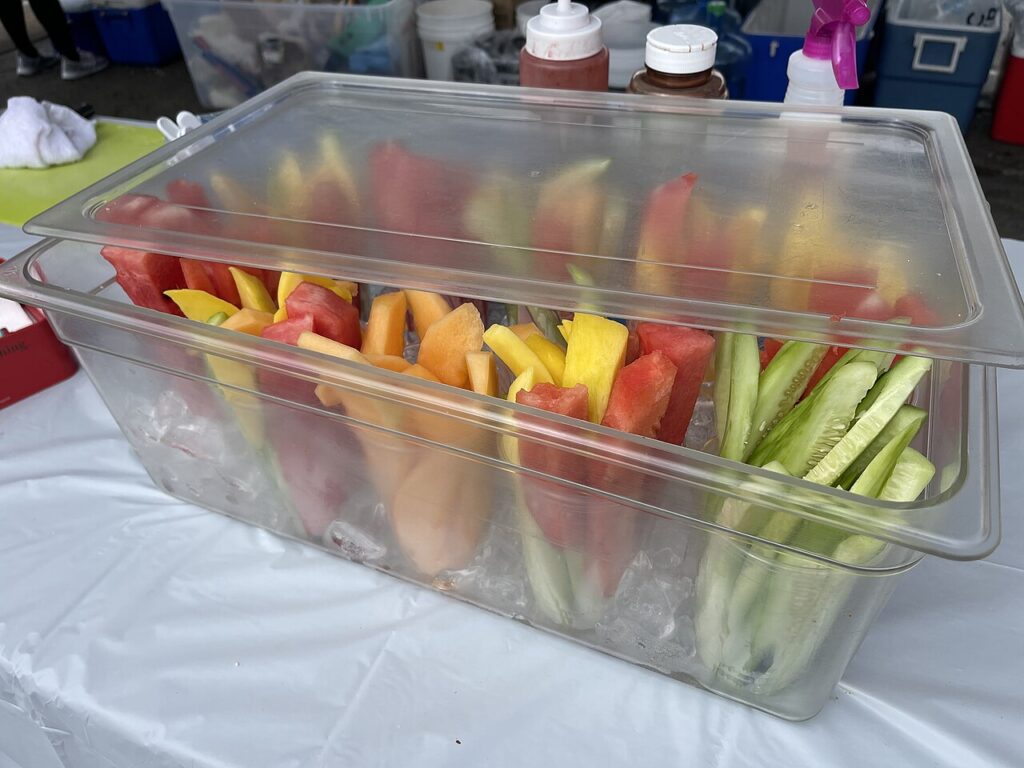
Food expenses can quickly inflate your national park budget if you rely solely on park restaurants and convenience stores. Prepare by grocery shopping in larger towns before arriving at the park, focusing on non-perishable items and easy-to-prepare meals if you have access to a campsite or kitchenette. Pack a reusable cooler with ice for perishable items, and bring along reusable containers for packing lunches and snacks during daily excursions.
If camping, invest in a basic cooking setup with a portable stove, which quickly pays for itself compared to dining out for every meal. While you might want to enjoy an occasional meal at a park restaurant for the experience, limit these splurges to perhaps one special dinner rather than relying on purchased food for every meal.
Taking Advantage of Free Activities and Programs

National parks offer numerous free activities that provide tremendous value without additional cost beyond your entrance fee. Ranger-led programs, including guided hikes, campfire talks, and educational presentations, offer expert insights into the park’s natural and cultural history at no extra charge. Visitor centers typically feature free museums, informative films, and interactive exhibits that enhance your understanding and appreciation of the park.
Self-guided nature trails with interpretive signs allow for independent exploration at your own pace. Many parks also offer free Junior Ranger programs for children, providing educational booklets with activities that, when completed, earn them a badge or patch—creating lasting memories without spending extra.
Finding Hidden Gems in Lesser-Known Parks
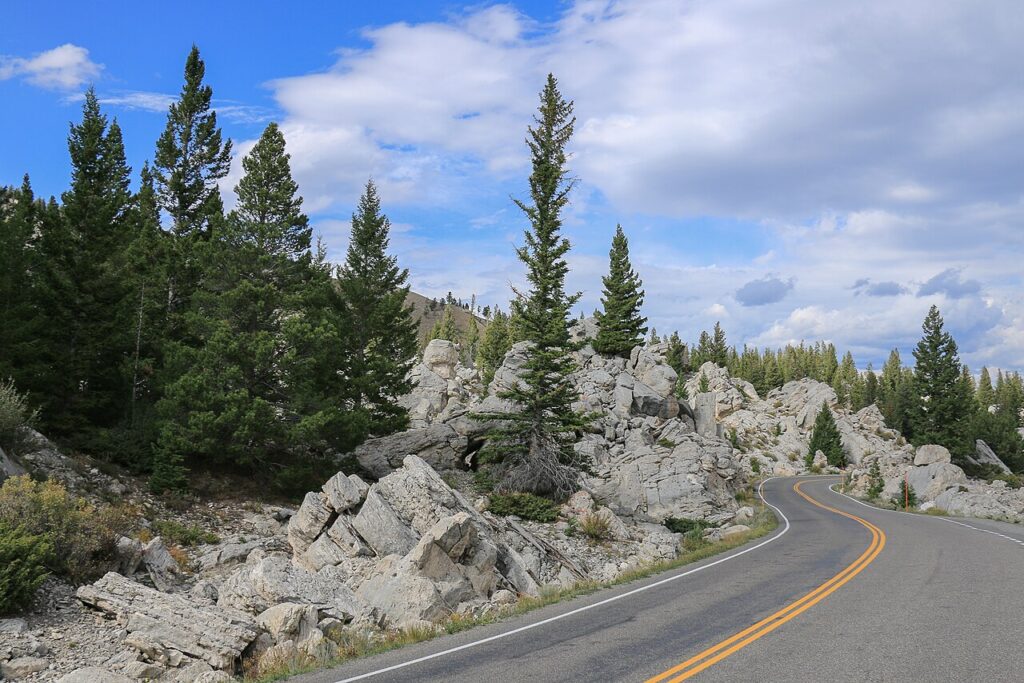
While iconic parks like Yellowstone and Yosemite offer incredible experiences, they also attract massive crowds and higher prices for nearby accommodations. Consider exploring some of the system’s less visited parks, which often provide equally stunning landscapes with a fraction of the visitors and lower overall costs. Parks like Great Basin in Nevada, North Cascades in Washington, or Congaree in South Carolina offer exceptional natural beauty, unique ecosystems, and the peaceful solitude that many seek in nature experiences.
These lesser-known destinations typically have more camping availability, less competition for accommodations in gateway communities, and a more intimate connection with nature without fighting crowds. Additionally, local businesses in these areas often offer more competitive prices compared to high-demand tourist destinations.
Utilizing Technology for Budget Planning
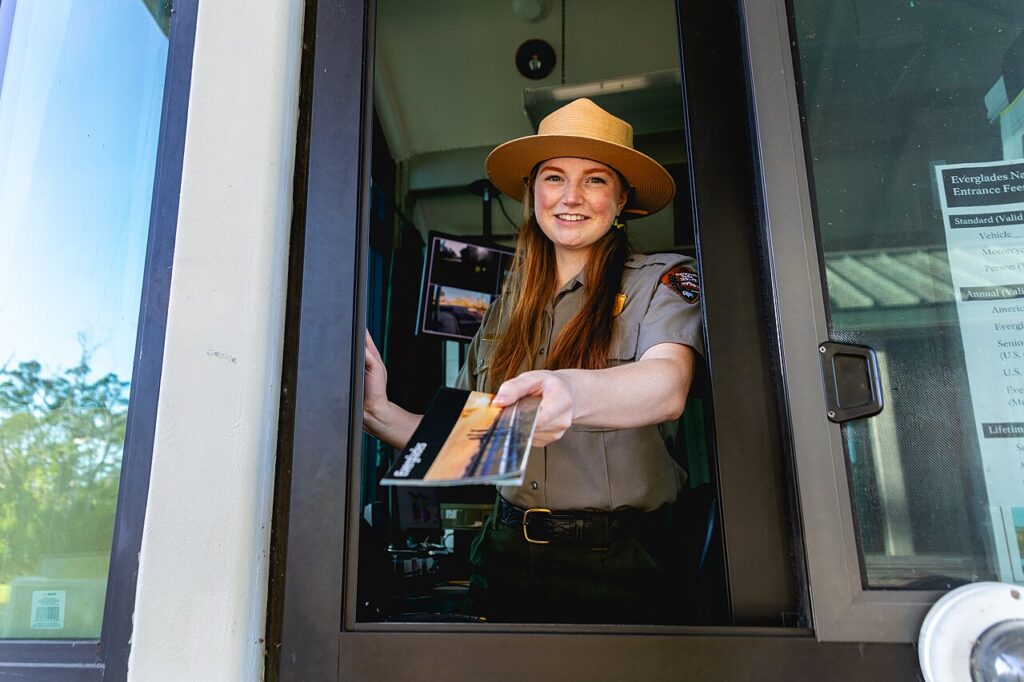
Modern technology offers valuable tools for planning a budget-friendly national park adventure. The official NPS app provides up-to-date information on facilities, programs, and alerts for all national parks, helping you make informed decisions before and during your visit. Websites like Recreation.gov allow you to book campgrounds, permits, and tours in advance, often at significant savings compared to last-minute arrangements.
Various apps like AllTrails provide detailed trail information and maps that can be downloaded for offline use, potentially eliminating the need to purchase physical maps. For finding deals on accommodations, sites like Airbnb, Booking.com, and HotelTonight can help identify affordable options near park entrances, especially if you have flexibility in your travel dates.
Volunteer and Work Opportunities in National Parks
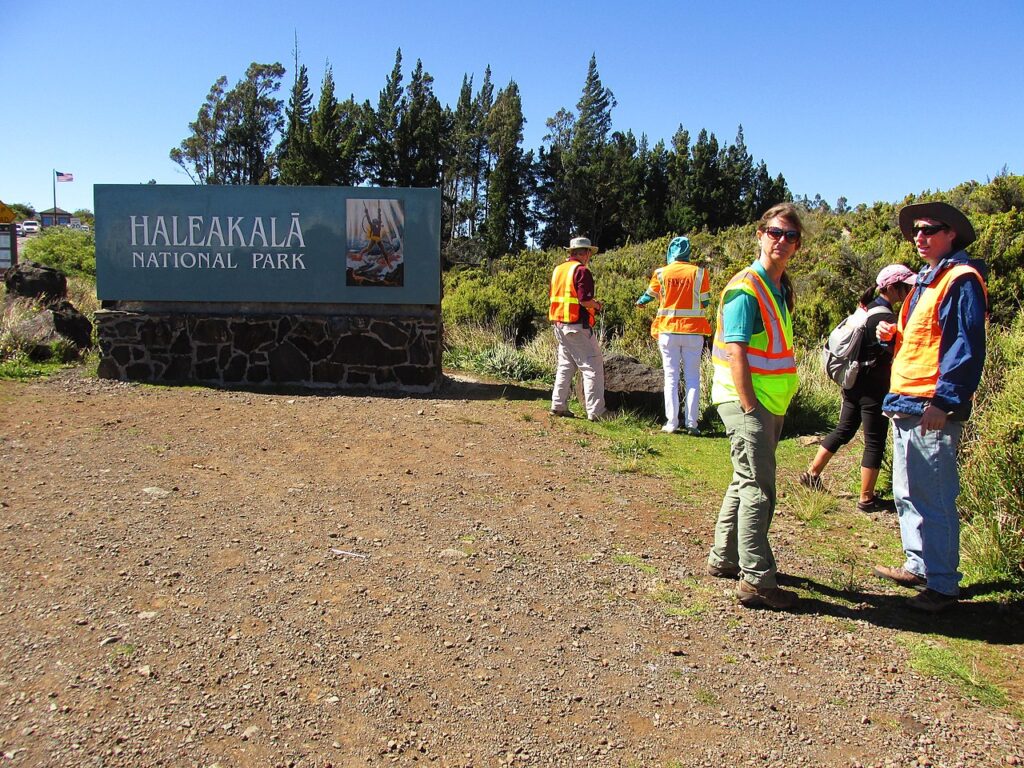
For those with more time flexibility, volunteering can provide a unique way to experience national parks while minimizing expenses. The Volunteers-In-Parks (VIP) program offers opportunities ranging from a few days to several months, with some positions providing free camping or housing in exchange for service. Work-camper positions at private campgrounds near parks often offer free sites plus hourly pay for part-time work, creating an affordable base for exploration.
Seasonal employment with park concessionaires typically includes employee housing at reduced rates and employee discounts on food and activities. Organizations like the Student Conservation Association (SCA) provide internships for young adults that include housing, living stipends, and educational awards, combining professional development with affordable park experiences.
Planning Multi-Park Itineraries Efficiently
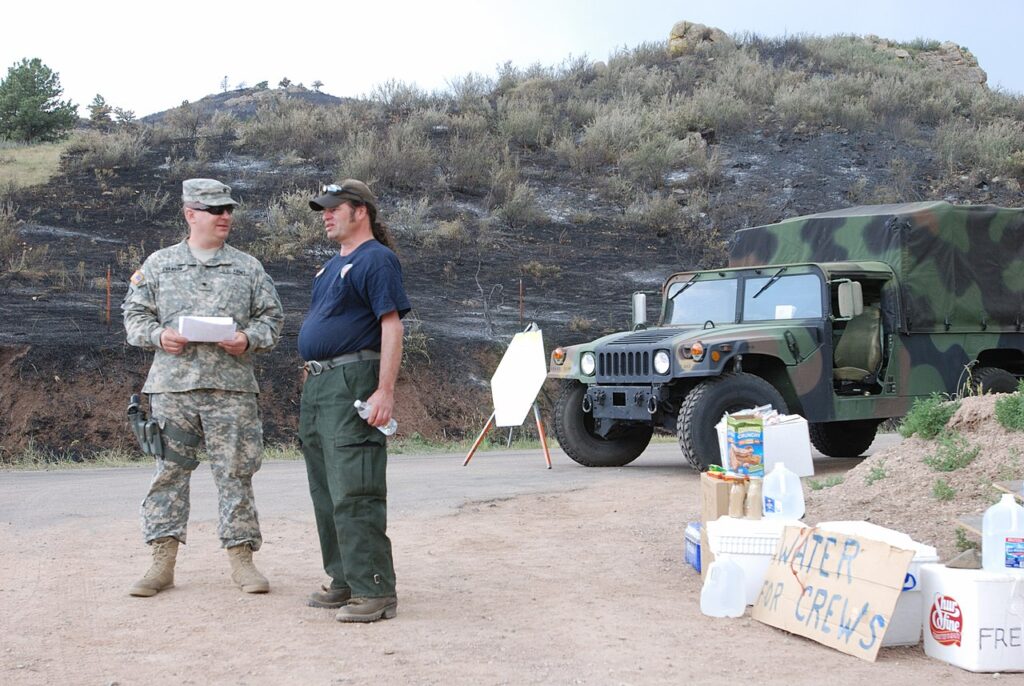
If you’re aiming to visit multiple national parks, strategic planning can significantly reduce overall costs. Many parks cluster geographically, allowing you to create efficient routes that minimize driving time and fuel expenses—for example, the “Mighty Five” Utah parks (Zion, Bryce, Capitol Reef, Arches, and Canyonlands) can be visited in a single well-planned road trip.
When mapping your route, consider logistics like accommodation availability and reservation windows, which may dictate your sequence and timing. The America the Beautiful Annual Pass becomes particularly valuable for multi-park trips, typically paying for itself after just three park visits. Research weather patterns across different parks to determine the optimal season for a multi-park journey, potentially allowing you to visit during each park’s shoulder season for reduced crowds and costs.
Preparing for Unexpected Expenses
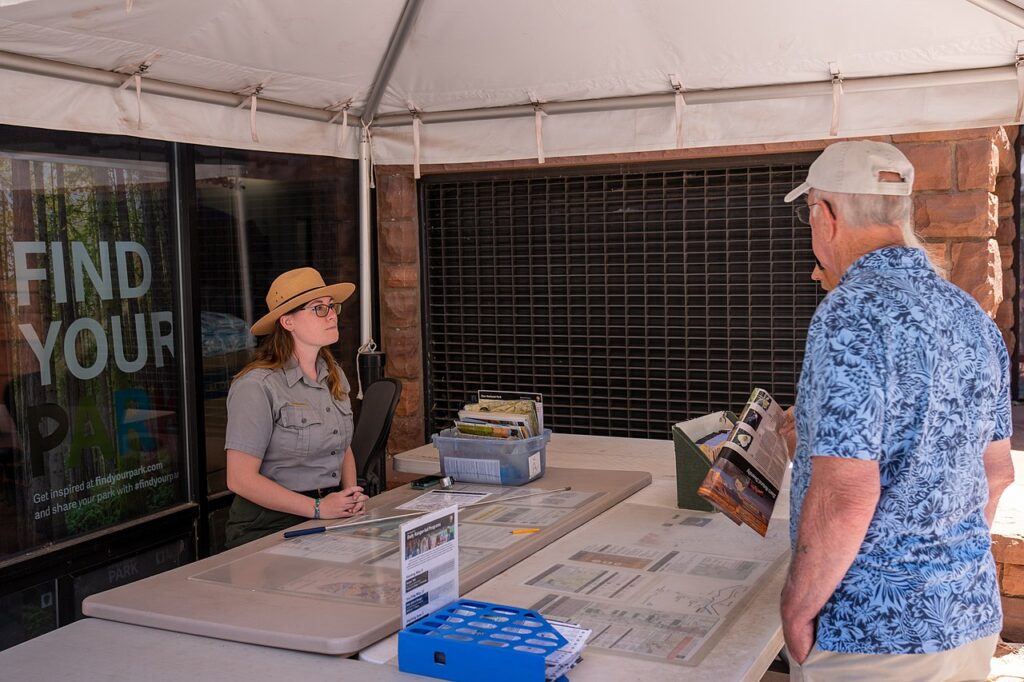
Even with careful planning, unexpected expenses can arise during national park trips, so building some flexibility into your budget is essential. Set aside a contingency fund for emergencies like vehicle repairs, medical needs, or weather-related changes to your itinerary. Consider travel insurance that covers trip interruption and emergency evacuation, particularly important for remote parks where medical evacuation could be extremely costly.
Research cell phone coverage within your planned parks and consider communication alternatives if needed, such as renting a satellite phone for remote backcountry trips. Pack a basic first aid kit and car emergency supplies to handle minor situations without costly purchases or professional assistance.
Creating Lasting Memories Without Breaking the Bank
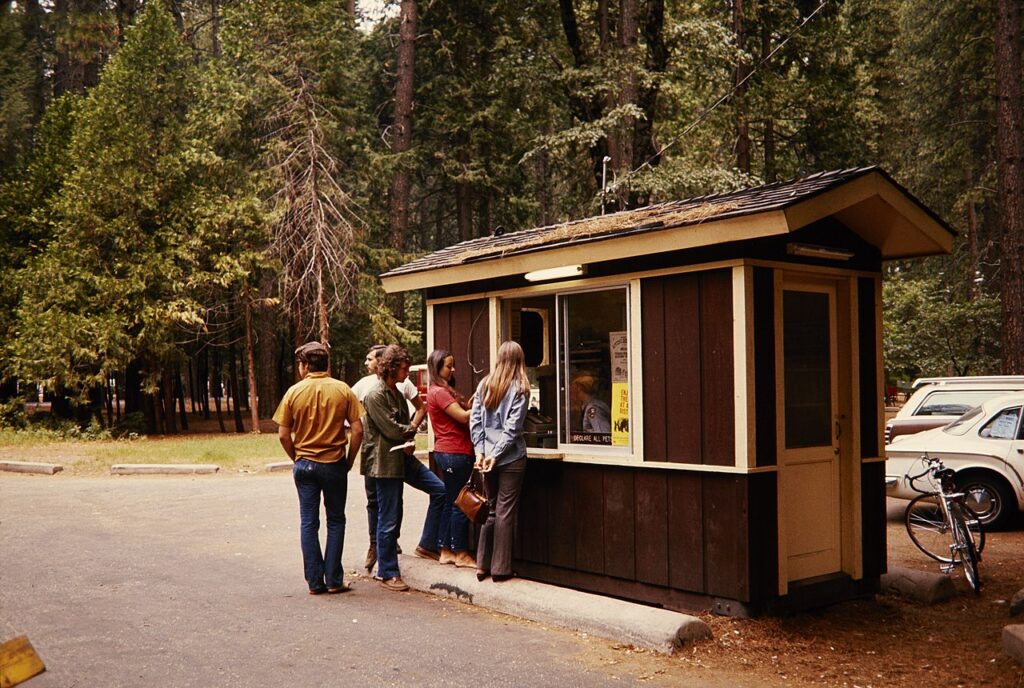
The most memorable aspects of national park visits often come from experiences that cost little or nothing at all. Prioritize immersive natural experiences like hiking to spectacular viewpoints, watching wildlife in their natural habitats, or simply sitting beside a mountain stream. Photography provides a wonderful, cost-free way to preserve memories—challenge yourself to capture the beauty around you rather than purchasing souvenirs at every stop.
If you do want mementos, consider collecting items like pressed pennies or park passport stamps, which typically cost less than a dollar yet create a meaningful collection over time. Remember that the primary purpose of national parks is to connect with nature and find inspiration in America’s natural wonders—experiences that are fundamentally free once you’ve entered the park.
Conclusion
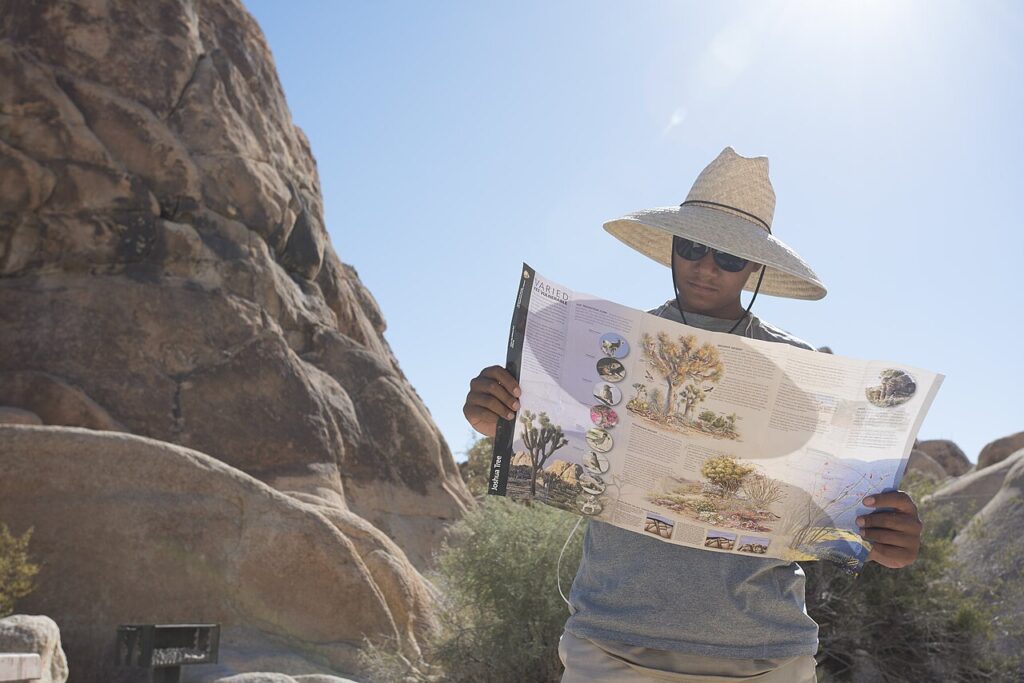
National parks represent America’s best idea, and experiencing them shouldn’t be limited by financial constraints. With thoughtful planning, flexible timing, and a focus on what truly matters—connection with nature—you can create meaningful, budget-friendly adventures in these spectacular landscapes.
Whether you’re watching the sunrise over the Grand Canyon, hiking through ancient forests in Olympic, or witnessing wildlife in Yellowstone, these experiences form the core memories that make national park trips so valuable. By implementing the strategies outlined in this guide, you can make these natural treasures accessible regardless of your budget constraints, allowing the wonder of America’s protected lands to be enjoyed by all.

